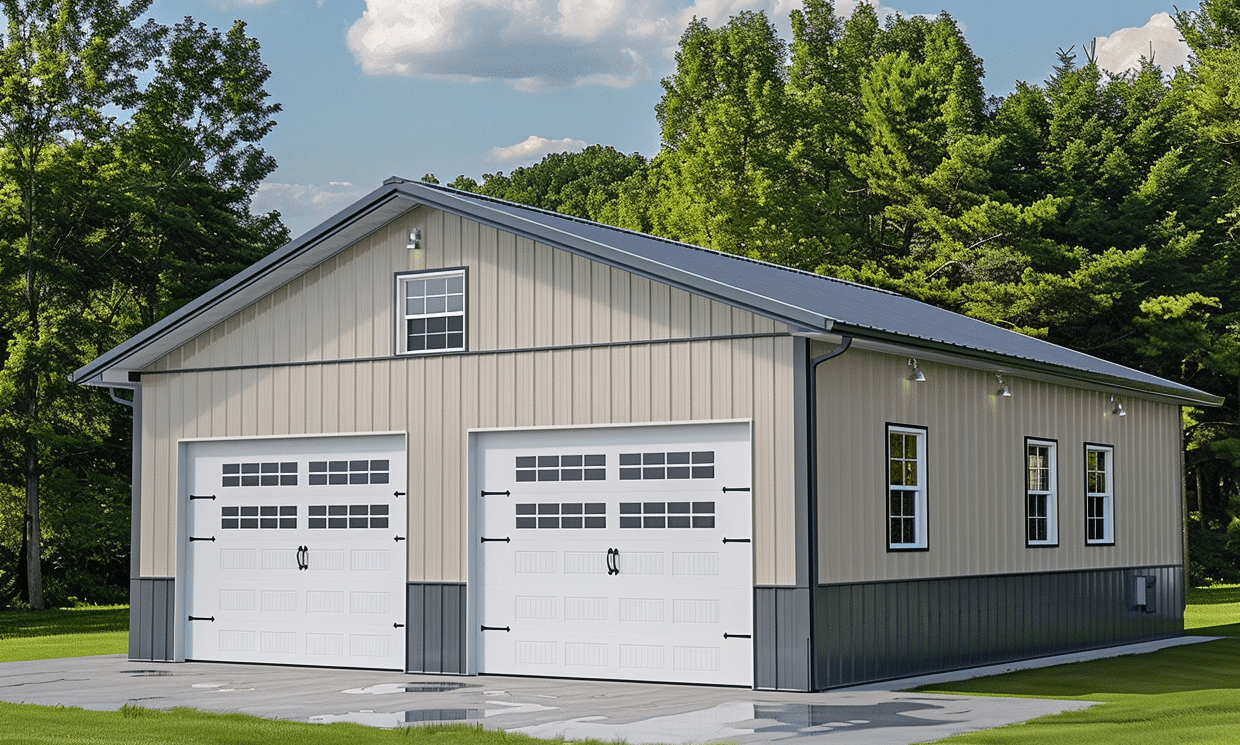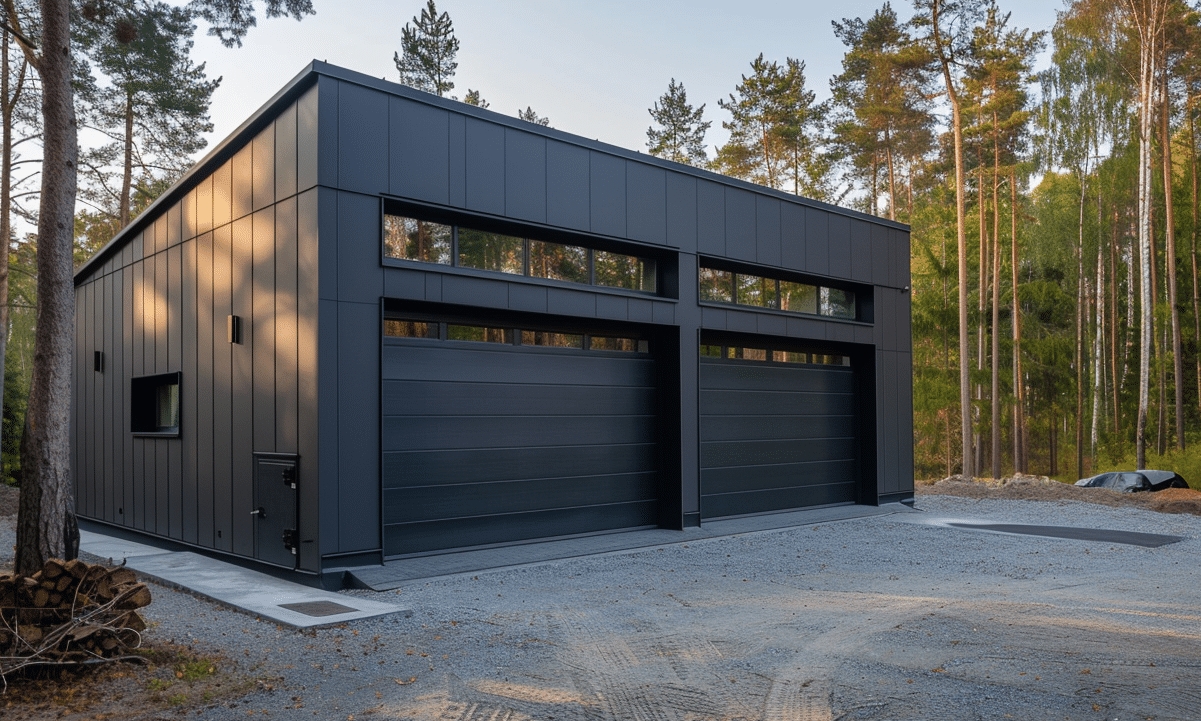In the world of commercial construction, sustainable building certifications are the golden tickets to acknowledging an eco-friendly approach. But what are these certifications, and why do they matter so much? Think of them as the badges of honor in the construction world, akin to an Oscar for the film industry or a Michelin star for the culinary universe. Now, what does a building do to earn such prestige, and why should you care? This blog will unravel the mystery of sustainable building certifications in commercial construction, highlighting their significance, the key players, and why they’re more than just a trend.
Understanding Sustainable Building Certifications
The concept of sustainable building certifications is grounded in promoting eco-responsibility, minimizing environmental footprints, and optimizing energy efficiency. But how does a commercial structure even make the list for such an accolade? The journey often involves stringent guidelines and criteria that a building must meet to qualify for certification. This could involve everything from energy usage and water conservation to air quality and sustainable material usage.
The Major Players in Sustainable Certification
When we talk about sustainable building certifications, several key organizations lead the charge. These bodies have established the benchmarks that dictate whether a building qualifies as environmentally friendly.
1. **LEED Certification**: This is arguably the most popular label, bestowed by the U.S. Green Building Council (USGBC). LEED (Leadership in Energy and Environmental Design) looks at multiple factors, including sustainable site development, water savings, energy efficiency, materials selection, and indoor environmental quality.
2. **BREEAM**: Standing for the Building Research Establishment Environmental Assessment Method, BREEAM is the brainchild of the UK. It’s comprehensive, examining aspects like air quality, health, and comfort.
3. **WELL Building Standard**: This focuses not only on the environment but also on human health and well-being. WELL looks at air, water, nourishment, light, fitness, comfort, and mind.
4. **Green Globes**: This system evaluates the efficiency and sustainability of building operations, following an easy-to-use online platform.
The What and Why of Sustainable Building Certifications
Sustainable building certifications are not mere badges for display. There are practical and environmental reasons to pursue these certifications. Firstly, they can significantly enhance a building’s marketability. Imagine being the proud owner of a commercial structure certified as environmentally friendly – it’s an immediate advantage. Such buildings tend to attract more clients and tenants who are conscious of sustainability.
Moreover, they hold promise in terms of cost savings. Certified buildings often benefit from reduced energy consumption, leading to lower utility bills. They also play a role in fostering healthier environments for occupants, potentially boosting productivity and well-being.
Furthermore, pursuing sustainable certifications plays a critical role in combating climate change by setting a precedent for more eco-conscious practices in commercial construction.
The Role of Steel in Sustainable Construction
Here’s where the plot thickens: steel, often synonymous with industrial might, has emerged as a darling in sustainable construction. Steel buildings score highly in the sustainability stakes due to their durability, recyclability, and efficiency in construction. Companies specializing in Industrial Steel Buildings pave the way for incorporating these eco-friendly practices in their projects.
Consider scenarios such as sustainable industrial facility construction, where the choice of materials significantly impacts the project’s eco-footprint. Steel offers an incredible blend of strength and sustainability, making it ideal for certified sustainable buildings.
Case Study: Visualizing Sustainable Steel Structures

The image above provides a glimpse into sustainable design, combining aesthetics with functionality. The steel structure epitomizes the kind of sustainable innovation that’s possible in today’s construction landscape. This is not just about compliance or badges; it’s about forging a future where we respect and respond to environmental demands.
Extending Sustainable Practices Beyond Walls
Surprisingly, the scope of sustainable building certifications extends beyond typical commercial structures. Think about metal carports and auxiliary structures, which also embody sustainability principles. These installations often leverage adaptable steel configurations, offering an eco-friendly solution without sacrificing durability or functionality.
A Collaborative Effort
Nothing is truly sustainable if it’s done in isolation. That’s why organizations like Your Building Team advocate comprehensive strategies aligning with sustainable certifications. They integrate best practices from design to final construction, ensuring that every brick, beam, and blade of grass contributes to the grand vision of a greener tomorrow.
Securing a Sustainable Future
The road to sustainable building certifications is not paved with gold – it’s paved with green. It maps a journey where commercial construction meets responsibility, offering a roadmap to eco-friendly future infrastructures. As we become more aware of our environmental footprint, the call for sustainability grows louder. Certifications serve as both milestones and motivators in this journey, compelling us to do better.
In conclusion, the significance of sustainable building certifications in commercial construction lies not only in their promise of environmental stewardship but also in their pragmatic benefits. These certifications aren’t merely paper diplomas—they represent a commitment to a healthier planet and smarter, cost-effective building strategies. As the sustainable building movement gains momentum, those who reject traditional boundaries in favor of innovative and sustainable solutions stand as vanguards in commercial construction’s promising new frontier.










